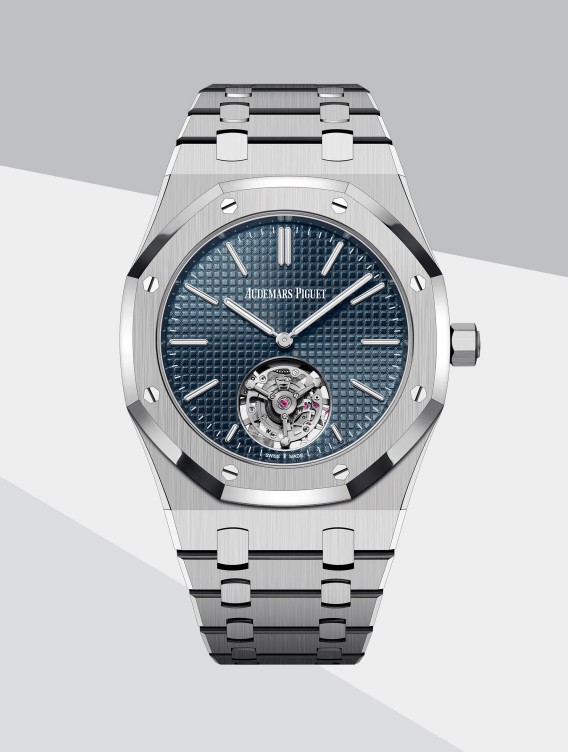Luxury timepieces have for a long time stood as a symbol of success, or accomplishment, and are regarded as an expression of artisanship, quality, and design. However, since the advent of smart tech wearables, and the coming of Gen Z, sales have taken a slight hit.
Among some of the main concerns facing watchmakers is that of new consumers. Millennials and Gen Z have been brought up in a world where they demand online retail, personalization, and customized products. On the other hand, buying a luxury timepiece was more about the experience in-store than purchasing one through an online retailer. Since the large drive towards e-commerce, brands such as Rolex, Audemars Piguet and Patek Philippe have held out and still managed to hold upwards of 30% of the Swiss watch sales. However, it is not all luxury Swiss watchmakers who are choosing to hold off online channels. Recently Cartier joined the e-commerce world and adapted to digital consumer experiences.

The second issue facing these luxury brands is that of digital watches. In 2019, Apple’s smartwatches had outsold the entire Swiss watchmaking industry, selling a total of 30.7nmillion units, as opposed to the 21.2 million of the Swiss watch brands combined. According to the data, the gulf in sales is because many younger generations are choosing smartwatches over the classic analogue timepiece.
Among Swiss watchmakers, the reaction has been mixed, with some looking at the smartwatch revolution in a similar vein to the quartz revolution. There are some brands who have been looking at the possibility of expanding their brands, while some have also released their own versions of smartwatches (albeit with poor reception).

While a luxury Swiss watch still serves as a status symbol, the new influx of the smartwatch, and its growing popularity has seen a steep decline in the luxury sector. Younger users often see the smartwatch as an accessible price point, you are now able to answer phone calls and text messages, as well as keep track of your fitness. The fact that a user can do all these on just one device is a true drawcard for Gen Z consumers.













1 comment